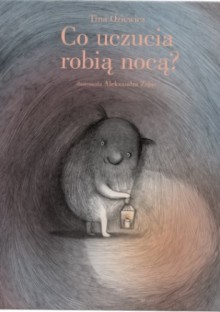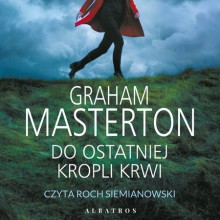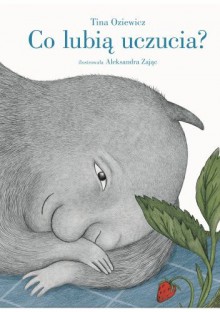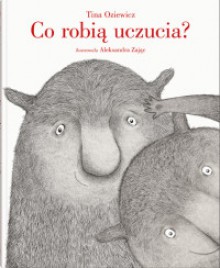Moje książkowe "the best":
Najbardziej intrygująca książkowa postać:
Zgredek z książki "Harry Potter Komnata i Tajemnic" (J.K. Rowling)
Najlepsza okładka:
"Co uczucia robią nocą?" (Tina Oziewicz, Aleksandra Zajac), Dwie Siostry, 2023r.
Najlepszy cytat:
"Miłość, pomyślał. Także to jest miłość. Odwieczny cud. Nie tylko rzuca tęczę snów na szare niebo faktów - lecz opromienia romantycznym światłem nawet kupę odchodów: cud, a zarazem szalone szyderstwo."
"Łuk triumfalny" (Erich Maria Remarque)
Największe zaskoczenie:
"Harry Potter i Kamień filozoficzny" (J.K. Rowling)
Najlepszy autor:
Wiesław Myśliwski ("Traktat o łuskaniu fasoli")
Najlepsza książka:
"Traktat o łuskaniu fasoli" (Wiesław Myśliwski)
Największe gnioty:
Najbardziej irytująca książkowa postać:
Henry z książki "Niewidzialne życie Addie LaRue" (Victoria Schwab)
Najgorsza okładka:
"Zespoły napięć" (Janusz Leon Wiśniewski), Prószyński i S-ka,, 2002r.
Najgorszy cytat:
"Wspólne rzyganie, jak mało co, robi z ludzi prawdziwych przyjaciół"
"Szklany klosz" (Sylvia Plath)
Największe rozczarowanie:
"Do ostatniej kropli krwi" (Graham Masterton)
Najgorszy autor:
Siostra Bożenna ("Wszystko, co chcieliście wiedzieć o pielęgniarkach ,ale baliście się zapytać")
Najgorsza książka:
"Do ostatniej kropli krwi" (Graham Masterton)
_______________________________________________________________________________
W liczbach:
Wszystkich przeczytanych książek 51, w tym:
Albumy/Malarstwo/Rysunek - 1
Biografie/Autobiografie/Dzienniki/Pamiętniki - 4
Fantastyka - 1
Film + książka - 6
Komedia kryminalna - 1
Literatura dziecięca/młodzieżowa - 5
Literatura faktu/Reportaże/Eseje - 2
Literatura piękna/współczesna - 5
Literatura popularnonaukowa - 19
Poradniki - 3
Thrillery/Kryminały/Sensacja - 4
Re-ready (nie wliczane w roczne statystyki:
"Titanic Jamesa Camerona" (Ed W. Marsh, Douglas Kirkland) jest wersją polską książki "James Cameron's Titanic" (Ed W. Marsh, Douglas Kirkland). Wyjątkowo wliczam ją w tym roku do statystyk, gdyż jest po prostu polską wersją, a nie tą samą przeczytaną angielską wersją. Traktuję je więc jak dwie osobne książki.
W nagrodach:
Nominowani (1)
1) Nagroda Literacka Nike (1997) "Prawiek i inne czasy" (Olga Tokarczuk)
Nagrodzeni (2)
1) Książka roku lubimyczytac.pl / Fantastyka młodzieżowa (2021) "Niewidzialne życie Addie LaRue" (Victoria Schwab)
- 2) Nagroda Literacka Gdynia / Proza (2007) "Traktat o łuskaniu fasoli" (Wiesław Myśliwski)

 Log in with Facebook
Log in with Facebook 


















